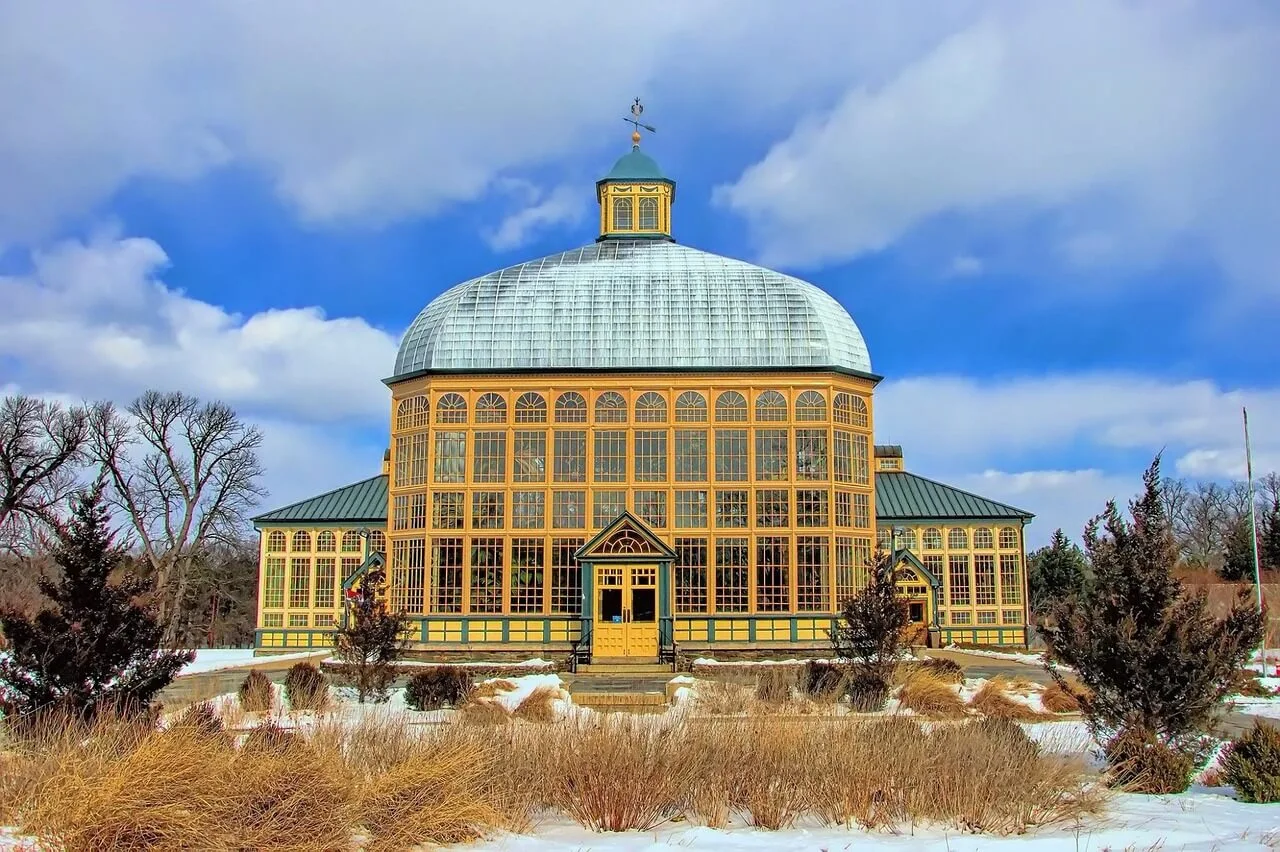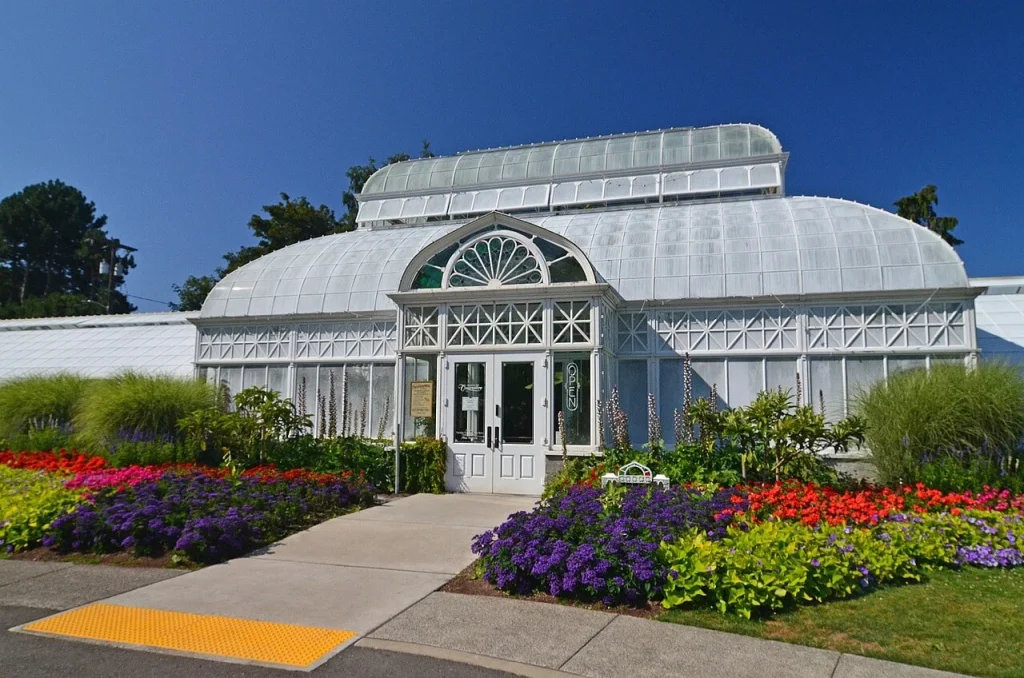What are Conservatories? Detailed Explanation

A conservatory is defined as a room or structure typically affixed to a primary residence or another building. Its purpose is to maximize the entry of sunlight from the space and offer panoramic views of the surrounding outdoor environment.
Generally, they’re made of transparent materials like glass that create a greenhouse-like effect, providing both plants and humans with a natural cozy environment. They are also considered suitable places for entertaining, relaxing, and cultivating plants. Hopefully, you’ve now clear thoughts about what are conservatories.
In this article, we’ll not only walk you through what are conservatories but will also discuss the types of conservatories, the difference between conservatories and extensions, the benefits of conservatories, and others. Hence, this guide will be beneficial for you, stay with us, and clear your concepts about conservatories.
What are Conservatories? Dictionary Meaning
According to our research team, we’re gonna share 3 definitions from the Oxford Dictionary that’ll help you understand conservatories;
- A space featuring walls and a roof made of glass, affixed to one side of a dwelling, serving as either a greenhouse or a sun parlor.
- An institution dedicated to music or drama education is often associated with a larger establishment or functioning independently.
- A venue designed for the safeguarding or exhibition of items possessing historical, cultural, or scientific significance.
It’s essential to understand that the word conservatory has several meanings in the dictionary based on the context. The precise definition can also differ depending on the specific region or country under consideration.
What Qualifies as a Conservatory?
When it comes to building a conservatory in your house, guessing what is classed as a conservatory may vary and depend on the definition set by the local authorities in your area.
But some universal guidelines will help you with what qualifies as a conservatory:
Structure
A conservatory typically constitutes a single-story expansion of a residence, predominantly constructed with glass or transparent materials. It often features a roof made of glass or translucent material, along with walls constructed from the same transparent elements, facilitating the entry of natural light into the space.
Connection
Normally affixed to the primary dwelling, a conservatory is commonly situated at either the side or rear of the main property. Access to the conservatory is typically provided through a door connected to the main house.
Segregation
For proper classification as a conservatory, it must possess a physical separation from the primary dwelling, typically achieved through the presence of external-quality doors or windows. This demarcation is crucial to maintaining a clear distinction between the conservatory and the main building.
Purpose
Traditionally, a conservatory serves as a versatile space for relishing the garden, cultivating plants, or functioning as a sunroom. It serves as a transitional area that seamlessly connects the interior and exterior of the home.
Rules Before Constructing a Conservatory
Before constructing a house, we’ve to specifically pass its map by local authorities. If they say that your map is according to their rules, then we can start constructing our house. But rules and regulations may vary from place to place or area to area, so we’re gonna share some general rules that usually apply in the UK and the USA.
Planning Permission
You must check with your local planning authority before building a conservatory, because small-scale ones may not need permission if they meet size, height, and conservation area criteria. You must consult your local authority to determine if permission is required.
Building Rules
Conservatories must follow building regulations for safety, energy efficiency, and structure. So, approval is typically needed, covering design, ventilation, glazing, and more. It’s a good idea to talk to a qualified architect or builder to make sure everything follows the rules.
Neighboring Properties
Assess the impact on neighbors—avoid excessive loss of light, privacy issues, or disturbances. Communicate with affected parties if your conservatory might affect neighboring properties.
Use and Functions
Before constructing, determine how you’ll use your conservatory because different rules apply for habitable living spaces versus non-habitable ones like greenhouses. Additional regulations may cover insulation, heating, and fire safety. Hence, reaching out to local authorities or professionals for guidance specific to your project is the best option.
Difference Between Conservatories and Extensions
Most people consider conservatories and extensions to be the same, but there are many differences between them, so we hope that this table will make your thoughts clear; otherwise, you must read our full guide on what are conservatories.
| Features | Conservatories | Extensions |
|---|---|---|
| Structure | Made mainly of glass or transparent materials | Made of various materials, including brick, wood, etc. |
| Attachment | Typically attached to the main house | Fully integrated part of the existing structure |
| Use | Traditionally for enjoying the garden, growing plants, or as a sunroom | Diverse uses, such as additional bedrooms, kitchens, or living areas |
| Regulations | Specific regulations may apply, including planning permission and building standards | Subject to planning permission and building regulations, considering structural integrity and energy efficiency |
What are the Benefits of Having Conservatories?

Having a conservatory in your home enhances the functionality and aesthetics of your home. In addition, it also provides dozens of benefits, so read the following points to know them:
- Abundant Natural Light: You can enjoy a bright, well-lit space with the large glass walls and roofs of conservatories.
- Seamless Connection to Outdoor: You can also experience the beauty of your garden while being sheltered from the elements.
- Versatility in Use: From a relaxing sunroom to a functional home office, conservatories offer a flexible space.
- Increased Property Appeal: It increases the value of your property because it attracts potential buyers with the allure of a well-maintained and visually striking conservatory.
- Health Benefits: Besides, exposure to natural light contributes to improved mood, well-being, and increased vitamin D production.
- Aesthetic Appeal: It also enhances your home’s visual charm with a conservatory that complements its architectural style.
FAQs
Click to learn how to remove Squirrel from Chimneys.
Final Verdict
In conclusion, we want to say that we’ve precisely explained the meaning and definition of what are conservatories and related queries about conservatories and extensions. So, this guide will be very beneficial for you, and after that, if you’ve any questions regarding conservatories, feel free to ask.






